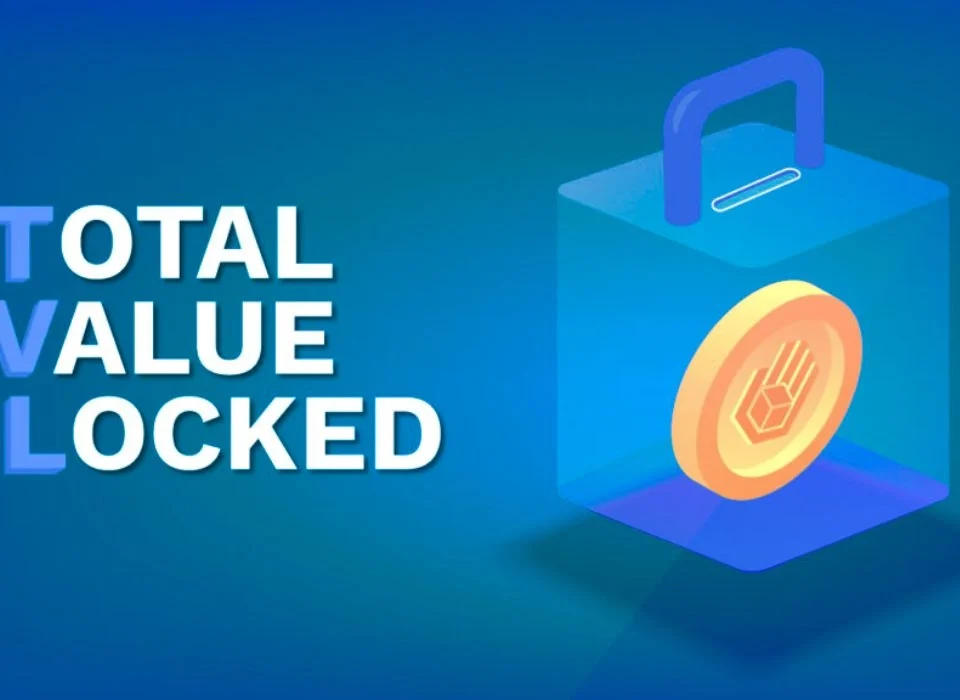
The Role of Cryptography in Securing Digital Assets
01/09/2024
The Future of Cross-Border Payments with Cryptocurrency
19/09/2024The Risks and Rewards of Leveraged Crypto Trading
Leveraged crypto trading is a powerful tool that allows traders to amplify their potential profits by using borrowed funds to increase their trading position. However, this strategy also comes with significant risks, including the potential for substantial losses. In this article, we will explore the risks and rewards of leveraged crypto trading, how it works, and essential tips for managing the inherent risks.
What is Leveraged Crypto Trading?
Leveraged crypto trading involves borrowing funds from a broker or exchange to open a larger position than what you could with just your own capital. The leverage ratio, such as 2:1 or 10:1, indicates how much your initial capital is multiplied. For example, with 10:1 leverage, you can open a position worth $10,000 with just $1,000 of your own money.
How Leveraged Trading Works
When you trade with leverage, you essentially take out a loan from the exchange. You use your initial capital as collateral, and the exchange lends you additional funds to trade with. The profits (or losses) are based on the total amount of the leveraged position, not just your initial capital. If the trade moves in your favor, the gains are magnified. However, if the trade moves against you, the losses are also amplified.
Margin and Liquidation
Margin is the amount of capital you need to maintain your leveraged position. If the market moves against your position and your losses exceed a certain threshold, you may receive a margin call, requiring you to add more funds to your account. If you fail to do so, your position may be liquidated, meaning the exchange will automatically close your position to prevent further losses.
The Rewards of Leveraged Crypto Trading
1. Amplified Profits
The most significant reward of leveraged trading is the potential for amplified profits. By using leverage, traders can control a larger position size than they could with their own capital alone, leading to potentially higher returns on successful trades.
Example: If you use 10:1 leverage and the price of Bitcoin increases by 5%, your leveraged position could yield a 50% return, compared to just a 5% return without leverage.
2. Increased Market Exposure
Leverage allows traders to increase their market exposure without needing to invest more capital. This is particularly beneficial for traders who want to take advantage of short-term price movements without tying up too much of their capital.
3. Flexibility in Trading Strategies
Leveraged trading provides greater flexibility in implementing various trading strategies, such as short selling. Traders can profit from both rising and falling markets, giving them more opportunities to capitalize on market volatility.
4. Access to Larger Positions
With leverage, traders can enter larger positions than they could otherwise afford. This is especially useful in markets like cryptocurrency, where price movements can be significant, and larger positions can lead to substantial gains.
The Risks of Leveraged Crypto Trading
1. Amplified Losses
Just as leverage can amplify profits, it can also amplify losses. If the market moves against your position, your losses will be magnified by the same leverage ratio. This means that even a small adverse price movement can lead to significant losses, potentially wiping out your entire capital.
Example: Using 10:1 leverage, a 5% decline in the price of Bitcoin would result in a 50% loss on your leveraged position.
2. Margin Calls and Liquidation Risk
If your position moves significantly against you, you may face a margin call, requiring you to deposit additional funds to maintain your position. If you cannot meet the margin requirement, your position may be liquidated, resulting in a loss of your initial capital and potentially incurring additional fees.
3. Market Volatility
Cryptocurrency markets are known for their high volatility, which can be both a blessing and a curse. While volatility can lead to significant profit opportunities, it also increases the risk of sudden and sharp price movements that can trigger margin calls or liquidation of leveraged positions.
4. Emotional Stress
Leveraged trading can be emotionally taxing, especially in highly volatile markets. The potential for large profits can lead to overconfidence, while the threat of significant losses can cause anxiety and stress, leading to impulsive or irrational trading decisions.
5. Complexity and Risk Management
Leveraged trading is more complex than trading with just your own capital. It requires a solid understanding of margin requirements, liquidation thresholds, and risk management strategies. Inexperienced traders may find it challenging to navigate these complexities, increasing the likelihood of losses.
Managing Risks in Leveraged Crypto Trading
1. Use Leverage Cautiously
One of the most critical aspects of managing risk in leveraged trading is to use leverage cautiously. Avoid using the maximum leverage available, especially if you are new to trading or unfamiliar with the market. Lower leverage ratios reduce the risk of significant losses and provide more room for error.
2. Set Stop-Loss Orders
Stop-loss orders are essential tools for managing risk in leveraged trading. A stop-loss order automatically closes your position if the market moves against you by a specified amount, limiting your losses. Setting stop-loss orders helps prevent catastrophic losses and allows you to trade with a clear risk management plan.
3. Diversify Your Portfolio
Diversification is a key principle of risk management. Avoid putting all your capital into a single leveraged position or asset. By diversifying your portfolio across different assets and trading strategies, you can reduce the impact of a single adverse market movement on your overall portfolio.
4. Stay Informed and Monitor the Market
Stay informed about market trends, news, and events that could impact your leveraged positions. Regularly monitoring the market allows you to make timely decisions, such as adjusting your leverage or closing positions before losses escalate.
5. Educate Yourself
Leveraged trading is not suitable for everyone, and it requires a solid understanding of the market, trading strategies, and risk management techniques. Take the time to educate yourself about leveraged trading, including the potential risks and rewards, before diving in.
6. Only Trade What You Can Afford to Lose
Leveraged trading carries a high level of risk, and it’s essential only to trade with capital you can afford to lose. Never use funds that you need for essential expenses or savings for leveraged trading.
Conclusion
Leveraged crypto trading offers the potential for significant profits, but it also comes with substantial risks. Traders who choose to use leverage must approach it with caution, using sound risk management strategies to protect their capital. By understanding the risks and rewards of leveraged trading, setting clear limits, and continuously educating yourself, you can navigate the volatile world of cryptocurrency trading more effectively.
Leveraged trading is a double-edged sword that can lead to great success or significant losses. As with any investment strategy, it’s crucial to weigh the potential benefits against the risks and make informed decisions that align with your financial goals and risk tolerance.



